The Restoration Process Consists of 4 Basic elements: Surface Preparation, Preserving, Staining and Sealing
Article Credit: Jim Renfroe
Preserving
If there are visible signs of rot, they need to be addressed right away. However, you probably won’t be able to detect any decay visually. Rot usually occurs from the inside of the log and is not often visible from the outside.
A simple technique to help you locate any areas of rot or decay is by tapping the logs with a hammer every few feet. Sound wood will have a nice resonate tone. Rotten wood will have a dull thud. The best preservative family for house logs are the borates. They are less toxic to humans than table salt, they don’t change the color of the wood, they have no smell and they poison the wood as a food supply to just about every wood destroying organism known to man, including decay fungi, beetles, and termites. However, there are limitations. Wood needs to be retreated about every 5 years when it is in contact with the ground. The wood needs to have some moisture to allow for proper diffusion and you must apply and maintain a water repellent finish over the borate treated wood to keep them from leaching out. Given these few limitations, Borates become very inexpensive insurance against a host of problems. Borates disperse into wood through a process called diffusion.
A moisture content of 20% or more is generally required for diffusion to take place. If the logs are dryer than 20%, then the borates will not diffuse much further than where they were applied. However, rot can’t survive in dry wood either. Applying a borate preservative is always a good idea in my opinion because it’s there in reserve if the logs ever get moist enough to rot, and it doesn’t break down or become inactive if the wood is dry. There are currently three types of borate preservatives on the market today.
Timbor, or Penetreat is a dry white powder that is mixed with water and applied to the wood using either spray, brush, injection or dip treatment. Since this article deals with restoration instead of initial construction and treatment of new logs, the only logical methods of application to an existing log home are spray, brush or injection into beetle holes or holes that you drill. Bora-Care or Shellguard is a concentrated form of Timbor, in a mixture of glycols solution that helps to promote diffusion in dryer wood. Impel Rods are a solid form of the borate preservative who’s use originated in Europe several decades ago. They come is diameters of either 1/2” or 3/4” and lengths of either 3” or 4”. They are inserted into holes you drill deep into the logs that either have rot or have the potential for rot. When the moisture reaches about 25% they begin to dissolve, releasing the highest concentration of borate preservative available. Each rod will treat an area about one cubic foot. It is a good idea to use Impel Rods in combination with the other borate preservatives as an “internal log treatment”, treating the inside of the log while either of the other forms of borate for the corners, open end grain and checks.
In Summary…
Inspections are key to detecting issues early and beginning treatment to defuse further rot by taking the necessary wood preservation steps. We at 888-Log-Guys are your experts for log home restorations and repairs. Please give us a call, we’re happy to answer questions or schedule an appointment to get your home in tip-top condition once again.








